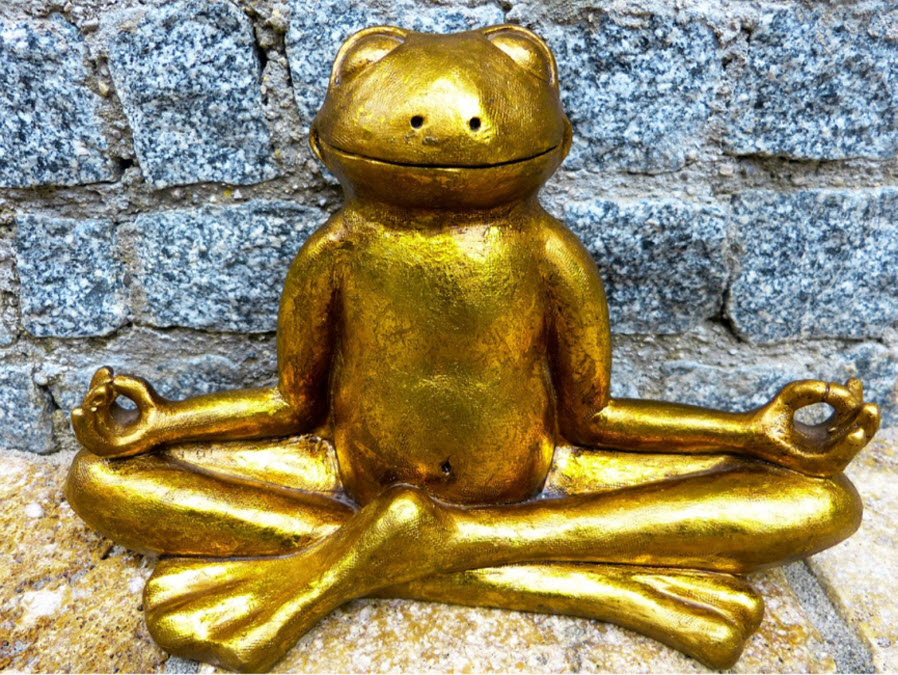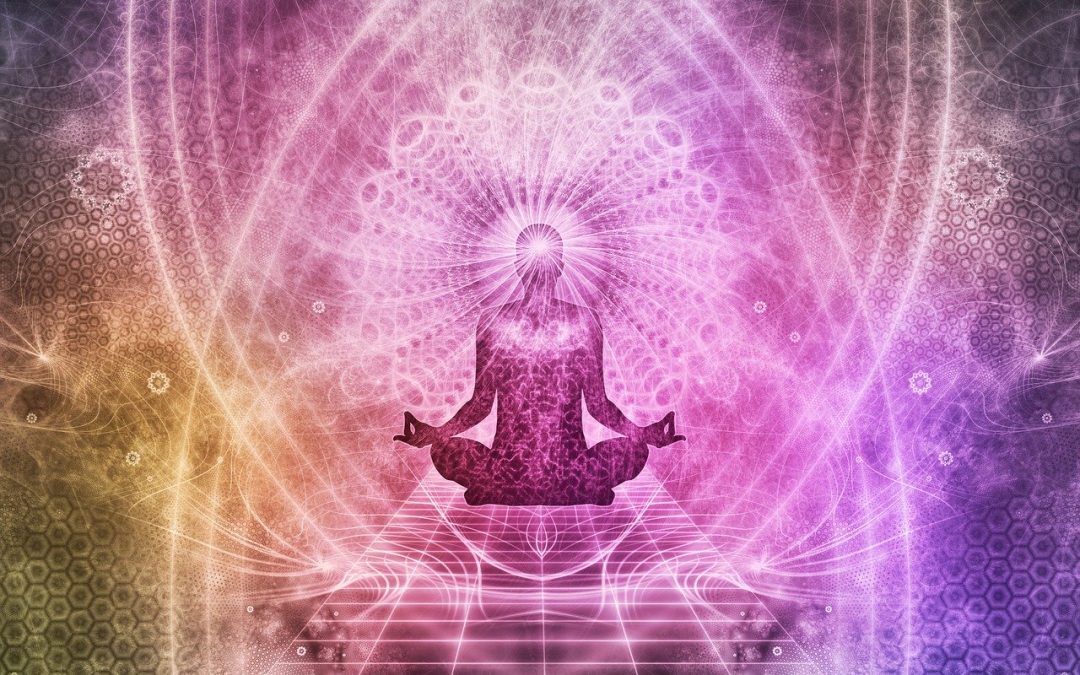When the mind wanders, strange things can happen. At least, that’s what happens to me! Take for instance the combination of a TED talk on addictions, a 1977 experiment by an SFU psychology professor and energy medicine explanations on human communication. How can these possibly be connected? Strangely, there is a way!
TED talks are available to anyone with Internet access. They offer thought-provoking presentations by incredibly bright people, meant to help us think “outside the box”. And a June 2015 presentation by Johann Hari did just that for me. His discussion started with how we traditionally define, view and treat “addictions” in our society. He outlined what most of us have come to believe to be true: it is a biochemical process that robs the person of their own will and drive to be free and healthy. There are many factors involved, but ultimately, it is this bio-chemical issue at the core. Then he asked, “What if we are wrong about all this? What if there is another explanation?” This is where the experiments by Dr. Bruce Alexander from Simon Fraser University come in.
Most addiction lab research in the early years focused on a reward/punishment dynamic. Rats were offered a choice of water laced with drugs or plain water. Over time, rats consistently chose the drug-laced water, often to the point of overdosing. This “proved” that if given a choice, the rat chose to be drugged. But Dr. Bruce Alexander chose another way of looking at this. These early experiments had a rat in a cage with only two choices: plain or drugged water. The rat was usually alone with nothing else in the cage to do and no other rat for companionship. Perhaps the choice of being drugged was a way of coping with the environment it was in. So in 1977, Dr. Alexander and his team created the “Rat Park”. It was a large enclosure, filled with lots of things for rats to play with, to create shelters and nests with, had lots of great food and many other rats to hang out with. Basically, it was a Rat Paradise! It also offered the two choices of water: one plain and one with drugs.
What they saw next surprised them. The rats rarely, if ever, drank the drug-laced water. They were too busy having fun at play, exploring their environment, creating nests, snuggling and raising young ones that they didn’t want to be stoned! They were busy with their friends, family and community connections. This happy and connected life reduced the need or desire for the drugs.
As this was being explored in Rat Park, Dr. Peter Cohen in the Netherlands spoke of the human need for “Bonding” as being paramount in the story of addiction. “Bonding” is a fundamental human need. He emphasized that there were certain things needed to reduce or completely eliminate the need for human addictions:
- Strong bonds and connections with family, other individuals and society in general
- Healthy relationships throughout one’s life
- Having a purposeful life – a life with meaning
Both Dr. Cohen and Dr. Alexander came to see addiction as a way of adapting to one’s environment. Addiction occured because you were not able to bear being present in your life. Addiction is often thought of as a problem with a drug or alcohol, but it can occur with other things, too. One can be addicted to food, sexual partnering, shopping, internet, pornography, cell phones, drama, pain, gambling, etc. Actually, anything that can distract or block out our reality because we don’t like our reality or don’t want to live in our reality, could be called addiction.
in his closing comments, Johann Hari stated, ” The opposite of Addiction is not Sobriety; it is Connection.”
You would think I’d leave it there, but no! I had to start thinking about how we are supposed to be more “connected” than ever because of our technology, yet more people report feeling lonely, lost and depressed than ever before. Watch how people are “connected” to their cellphones, but not with the person next to them. You can see this enacted in stores, restaurants and waiting rooms everywhere: everyone is “connecting” on their phone, but no one is really connecting with those humans right next to them. And this is where I began hearing the teachings of Dr. Richard Jelusich in my mind!
Those familiar with the Centre will remember that when we had more space and staff, we used to host Dr. Jelusich regularly for his Flower Readings and Past Life Sessions. One of the many lessons he taught was about how we communicate and connect with each other. He emphasized that ninety-five percent of all communication is energy. To quote him from his book, I Can Relate,
“… It is neither verbal nor physical, but a linking of consciousness between people. Most of what is really going on is at a higher level of consciousness, and that constructs the framework of the interactions of the mind/heart at the lower waking levels of consciousness. Ninety-five percent is not a static number; it’s meant to imply that most of what is going on with us and between us in on a much higher, more elevated level of our Selves.” p.vii
So to forge a meaningful connection with others, we must communicate using a higher level of consciousness. If this is required, then what becomes of our connection with others if our main communication is through a phone screen? Can a text or email truly connect with the higher Self of others? If ninety-five percent of communication is energy, what type of energy are we experiencing with our communication technology?
And so, if Connection and Bonding, Healthy Relationships and a Purposeful Life are the ways of reducing or eliminating addiction, are we communicating and connecting effectively as individuals and a society so that this can happen?
This is how my mind wanders – and wonders!






Recent Comments